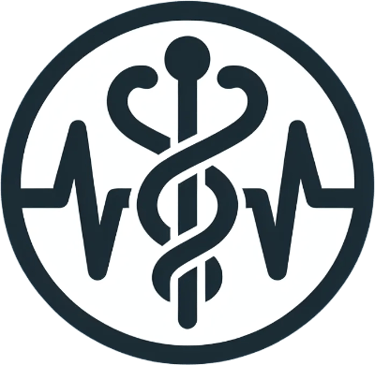Phone +49 89 904 48 18 (digital physician assistant) telefax + 49 89 90 300 40
SMS +491771782714 mail empfang@drweidenbusch.de
Stroke - who's next?
The silent threat of atrial fibrillation - and how extended holter monitoring is a game changer
Dr. Dr. Marc Weidenbusch
2/1/20251 min read


Introduction to silent atrial fibrillation
Silent atrial fibrillation is one of the greatest risks with regard to strokes and thus represents a significant loss of lifetime and quality of life. Many people are not aware of the dangers associated with this disease, as it often occurs without any symptoms. It is important to raise awareness of this hidden threat and to take appropriate measures for detection and prevention.
Risk factors for silent atrial fibrillation
The risk of silent atrial fibrillation increases with age. In addition, there are various lifestyle factors that can exponentially increase the risk. Obesity, smoking, high blood pressure and excessive alcohol consumption are some of the most significant factors that increase the likelihood of suffering from this disease. A healthy lifestyle is therefore essential to significantly minimize the risk and maintain quality of life.
Identification with screening tools
To find the insidious silent atrial fibrillation, it is crucial to use screening tools that identify patients at high risk. These tools can be critical to identify potential patients early and take timely action. Another step in the diagnosis is long-term ECGs, with a duration of 72 hours now considered the gold standard. With these modern technologies, silent atrial fibrillation can be precisely diagnosed so that at-risk individuals can be treated before serious complications occur.
Don't wait any longer! Minimize your risk of paralysis-related disabilities, dementia and the general loss of quality of life. Contact us to learn more about the possibilities of early detection and prevention in relation to silent atrial fibrillation. Your health should always come first, and we are here to help you secure it.
Praxis Dr. Weidenbusch
Because we care.
Salus aegroti suprema lex.
How to contact us
Contact form
Feel free to write an SMS: +491771782714
Or, of course, write an email empfang@drweidenbusch.de
+49 89 904 48 18 You can reach us 24/7 - Thanks to our digital assistant Aaron!
© 2024. All rights reserved.
